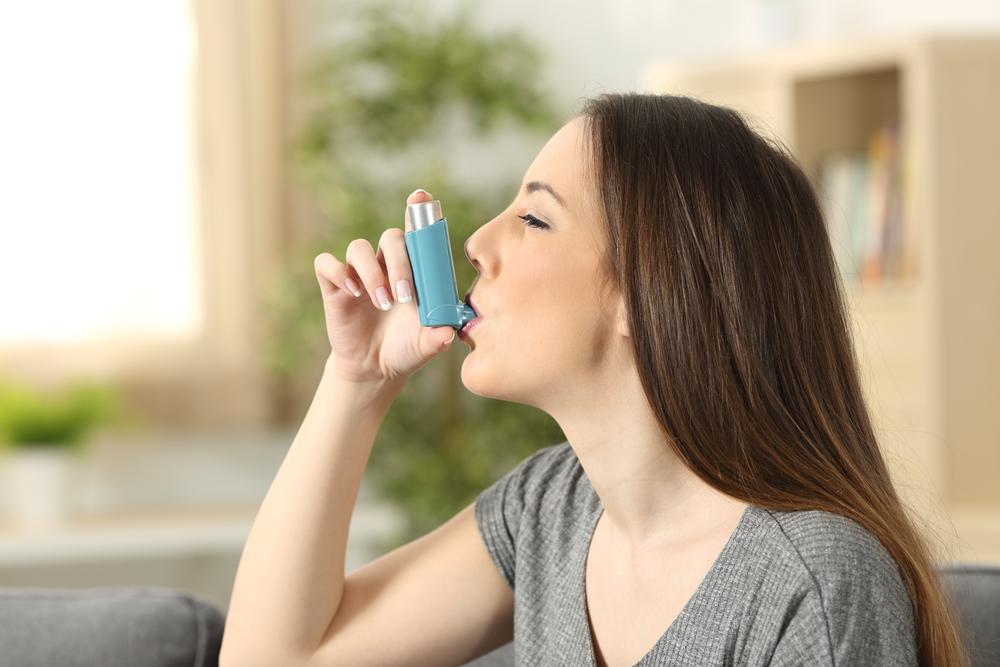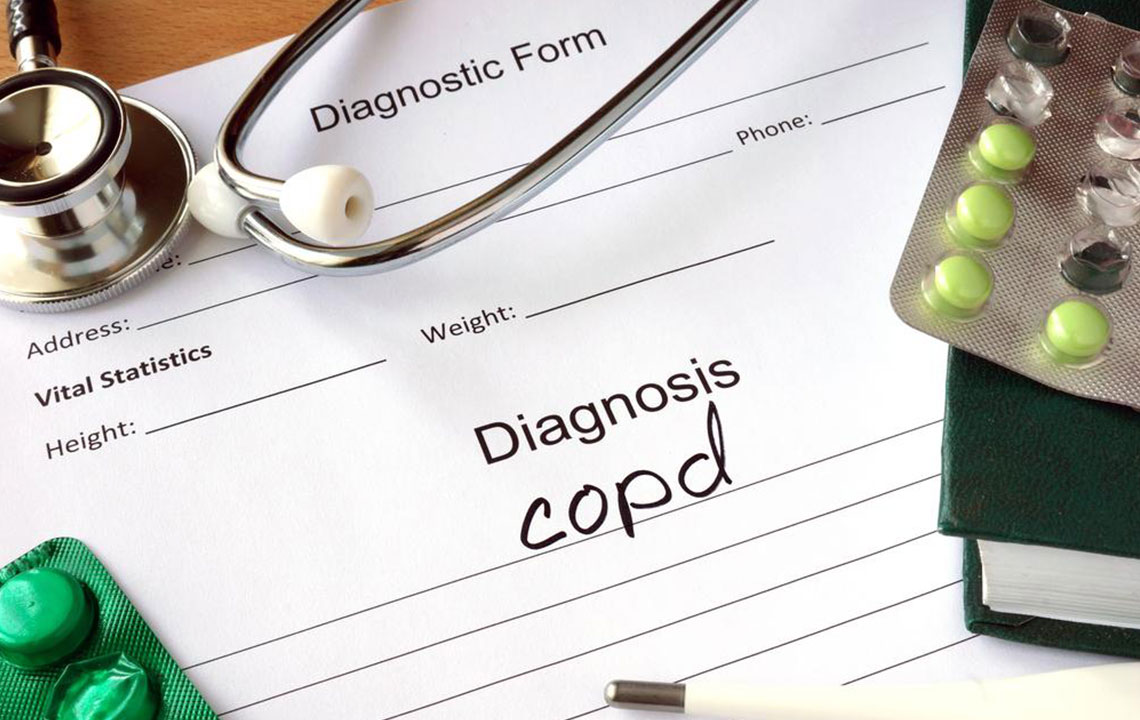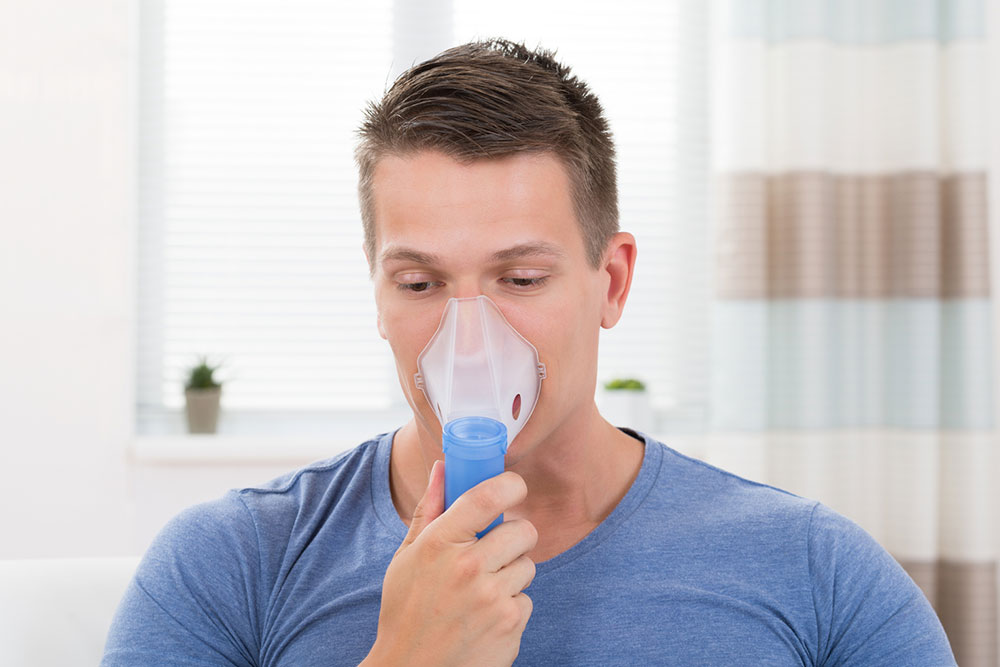The Complete Guide to COPD: Understanding and Managing the Disease with Inhalers
This comprehensive guide explores COPD, its causes, symptoms, diagnosis, and management options with a focus on inhaler therapy. It emphasizes the importance of early detection, lifestyle changes, and advanced treatments to improve quality of life for patients. Learn how inhalers help control airflow, reduce exacerbations, and complement other therapies. With rising global prevalence, understanding COPD’s nuances is essential for better health outcomes and reducing the social and economic impacts of this chronic lung disease.

Understanding COPD and Effective Management Strategies Using Inhalers
Chronic Obstructive Pulmonary Disease, commonly known as COPD, is a progressive lung disorder that significantly impacts breathing. It is characterized by airflow limitation that worsens over time, making daily activities increasingly difficult for those affected. Despite its chronic nature, COPD can be managed effectively through a combination of medical treatments, lifestyle changes, and proper use of inhalers. This comprehensive guide aims to provide a thorough understanding of COPD, its causes, symptoms, diagnosis, and the latest management techniques, particularly focusing on inhaler therapies.
**Understanding COPD: An Overview**
COPD primarily affects the lungs' ability to relocate oxygen into the bloodstream and remove carbon dioxide from the body. The disease mainly results from long-term exposure to harmful particles or gases, with cigarette smoking being the leading cause. However, it is important to recognize that non-smokers can also develop COPD due to other environmental and genetic factors.
Globally, COPD poses a significant health burden. According to the World Health Organization (WHO), over 210 million individuals are affected worldwide. The disease’s prevalence is expected to increase substantially over the next decade due to rising pollution levels and aging populations. COPD is a leading cause of death, with mortality rates projected to climb, emphasizing the urgent need for increased awareness, early diagnosis, and effective management strategies.
**Identifying the Symptoms of COPD**
Symptoms of COPD can be subtle initially and often go unnoticed. Common signs include persistent cough often producing mucus, shortness of breath especially during physical exertion, chest tightness, and wheezing. As the disease advances, symptoms may intensify, leading to fatigue, weight loss, and swelling in the legs. In severe cases, patients might exhibit bluish discoloration of lips and fingernails—a sign of insufficient oxygen levels. Recognizing these symptoms early is vital for timely intervention, which can slow disease progression and improve quality of life.
**Causes and Risk Factors**
The primary cause of COPD is long-term exposure to airborne irritants like tobacco smoke, industrial fumes, outdoor pollution, and indoor pollutants such as biomass fuel. Genetic factors also play a role; a deficiency of alpha-1 antitrypsin, a protein that protects the lungs, can predispose individuals to develop COPD even in the absence of significant environmental exposure. Interestingly, non-smokers exposed to high levels of air pollution or occupational hazards are also at increased risk.
**Diagnosing COPD: Modern Techniques and Tests**
Accurate diagnosis of COPD involves a combination of clinical evaluation and specific tests. Pulmonary function tests (PFTs), such as spirometry, are essential for measuring lung capacity and airflow limitation. Chest X-rays or CT scans help visualize lung damage and rule out other conditions. Blood gas analysis assesses oxygen and carbon dioxide levels in the blood, providing insight into disease severity. Laboratory tests may also be conducted to identify underlying factors or comorbidities. Early detection through these diagnostic methods can significantly enhance management outcomes.
**Treatment and Management of COPD: The Role of Inhalers**
While COPD is a chronic condition with no current cure, modern medical treatments aim to control symptoms, reduce exacerbations, and improve patients’ overall well-being. Among these, inhalers stand out as the most effective way to deliver medication directly to the lungs. They come in various forms—metered-dose inhalers (MDIs), dry powder inhalers (DPIs), and soft mist inhalers. These devices are designed to administer bronchodilators, which relax airway muscles, and corticosteroids, which diminish inflammation, thereby improving airflow.
**Types of Inhalers and How They Work**
Bronchodilators: Beta-agonists and anticholinergics provide quick relief during flare-ups and help open constricted airways.
Corticosteroids: Reduce airway inflammation and are often prescribed for long-term control, especially in patients with frequent exacerbations.
Proper inhaler technique is critical to ensure effective medication delivery. Healthcare providers should regularly assess and educate patients on correct usage, cleaning, and adherence to prescribed routines. In addition to inhalers, oxygen therapy may be recommended for patients with severe oxygen deficiency, while pulmonary rehabilitation programs can significantly enhance physical endurance and respiratory health.
**Lifestyle Changes and Supportive Therapies**
Beyond medication, lifestyle adjustments play a vital role in managing COPD. Quitting smoking remains the most impactful change, as it can slow disease progression and improve overall lung function. Avoiding environmental irritants and pollutants, maintaining a healthy weight, and staying physically active are also recommended. Pulmonary rehabilitation programs provide structured exercise, education, and psychological support, helping patients gain better control over their condition.
**Surgical Options for Severe Cases**
In advanced disease stages where medication and lifestyle changes are insufficient, surgical interventions may be considered. Procedures include lung volume reduction surgery, bullectomy, and in some cases, lung transplantation. These approaches aim to remove damaged lung tissue, improve breathing capacity, and enhance life expectancy.
**The Importance of Regular Monitoring and Follow-Up**
Consistent follow-up with healthcare providers is essential for managing COPD effectively. Regular check-ups allow for assessment of disease progression, review of inhaler technique, and adjustment of treatment plans as needed. Patients are encouraged to monitor their symptoms daily and seek medical attention if they experience worsening signs such as increased shortness of breath, sputum changes, or new onset of chest pain.
**Preventive Measures and Future Outlook**
Preventing COPD largely revolves around avoiding known risks like smoking and environmental pollutants. Vaccinations against influenza and pneumonia are recommended to prevent respiratory infections that can exacerbate the disease. Advances in inhaler technology and personalized treatment plans continue to evolve, promising better management options in the future. Greater awareness and early intervention remain the cornerstones of reducing the global burden of COPD.
**Conclusion**
By understanding COPD comprehensively—from its causes and symptoms to modern management strategies—patients and their caregivers can make informed decisions to improve quality of life. Inhalers play a central role in controlling symptoms and preventing complications, but an integrated approach involving lifestyle modifications, regular monitoring, and support services is essential for optimal disease management. Raising awareness about COPD and promoting early diagnosis are vital steps toward reducing its impact worldwide.





